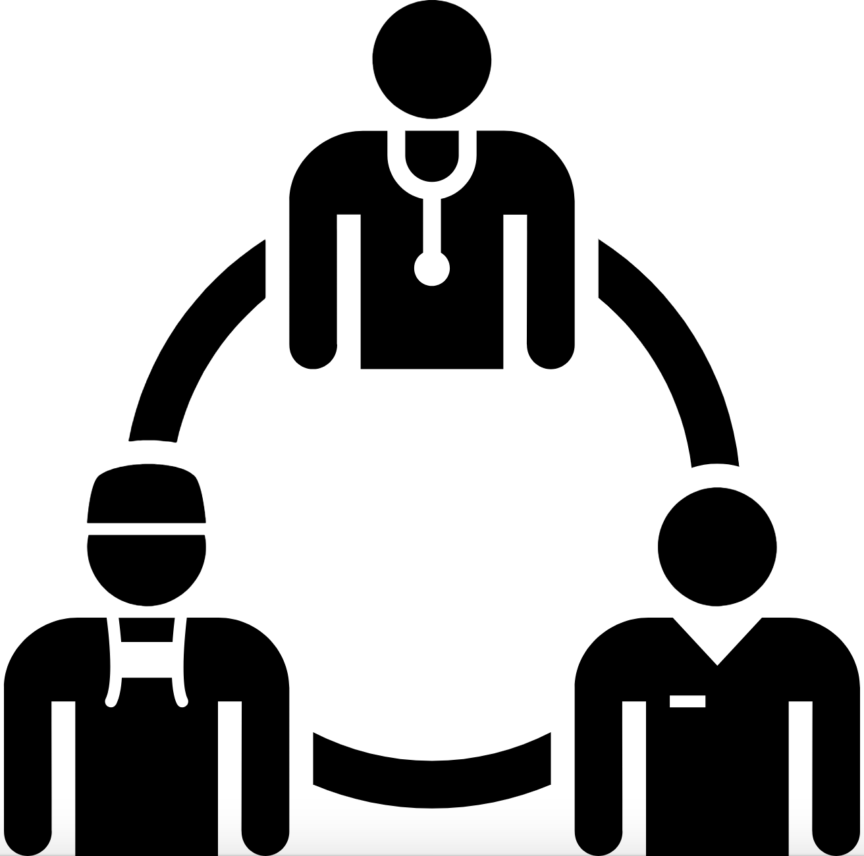How do we treat suffering?
It’s simple enough to trawl the depths of wisdom collected in Rosen’s. Journal clubs, podcasts, and blogs keep us abreast of the latest updates to evidence-based practice. There is no substitute for the experience gained on clinical shifts. Reading around cases we see in the Emergency Department helps.
We may struggle to memorize every list, table, and pathway, but the material itself is pretty straightforward. It’s all laid out and available to us.
We put in the study time so that we can list off the indications for dialysis in lithium toxicity. That’s important. But we can only treat lithium toxicity if we recognize it. The same goes for pneumosepsis, aortic dissection, and asthma exacerbation.
No matter how knowledgeable we are, it’s impossible to treat something we can’t see.
To treat suffering, we must see suffering.
That the physician wellness movement has become such an important part of emergency medicine in recent years tells us something essential: It’s not just patients who are suffering. Medical students, residents, and attending physicians are suffering, too, as are allied healthcare workers, administrators, environmental aids, and porters.
In the ED, we carry the burden of illness, inadequate resources, and sometimes even the threat of violence. As residents, we are encouraged to work harmoniously in teams, lead effectively, and manage conflict with grace. We are asked to demonstrate empathy and communicate effectively as we work under great pressure to become exemplary clinicians. Increasingly, we are told that self-care and resilience are the keys to a long and healthy career in this challenging environment.
But where do we start?
We cannot treat our own suffering until we can see it.
Narrative Medicine is an approach to medicine that uses stories to see and treat suffering. In Narrative Medicine, we examine at the stories we tell and hear in an effort to understand how we construct meaning around our experiences of the healthcare system. Often, understanding which stories are being told and how they are being told is just as important to alleviating suffering as are the treatments and diagnostic tests we provide.
Often when we talk about Narrative Medicine, we talk about how our patients might benefit from the experience of telling and hearing their stories and the stories of others.
But we benefit, too.
During a typical Narrative Medicine session, we start with a text. The text is often a short story, poem, or excerpt from a piece of literature, but it doesn’t have to be. The text could just as easily be a YouTube clip, a music video, a piece of visual art, a song, or just about anything you could imagine. We spend time examining the ‘text’ during a process called ‘close reading’. When we close read a text, we read and re-read the text and discuss formal elements, like who is speaking, when the story takes place, what we see and hear, and other aspects of how the story is told.
We also think about what we feel and why we feel that way. If we feel irritated after reading a passage, what has made us feel irritated? If watching a music video makes us feel happy, what about it has made us feel happy?
It can be an unsettling experience to close read a text in a group and find that we each have understood something different from the text, or that some of us feel disheartened after reading it and others feel hopeful. It’s helpful to discuss why each of us feels that way by pointing to specific instances in the text that have made us feel disheartened, hopeful, angry, or excited.
After we have close read together, we typically write to a prompt. The prompts are short and open-ended, and we usually write for just five minutes. Then we share our little snippets of writing – but only if we are comfortable with sharing –in pairs or groups, and take some time to close read one another’s texts.
Something incredible often happens when we get to this part of the session.
Usually, someone will point out something in a text that the writer didn’t even notice herself, like a shift in voice or a change in cadence. It’s not unusual for the writer to remark, ‘Oh! I didn’t even know I felt that way until you pointed it out!’
It’s not unusual for someone in the audience to see something in the writer’s experience that had previously gone unseen and unrecognized. That’s what is special about Narrative Medicine. It teaches us how to see suffering.
You’d be surprised at how quickly close reading becomes automatic. It stops taking up time, and becomes a regular part of how we experience ourselves and other people. It becomes easier and easier to see the suffering in our patients, but also in ourselves.
And to see the suffering is the first step toward treating the suffering.


